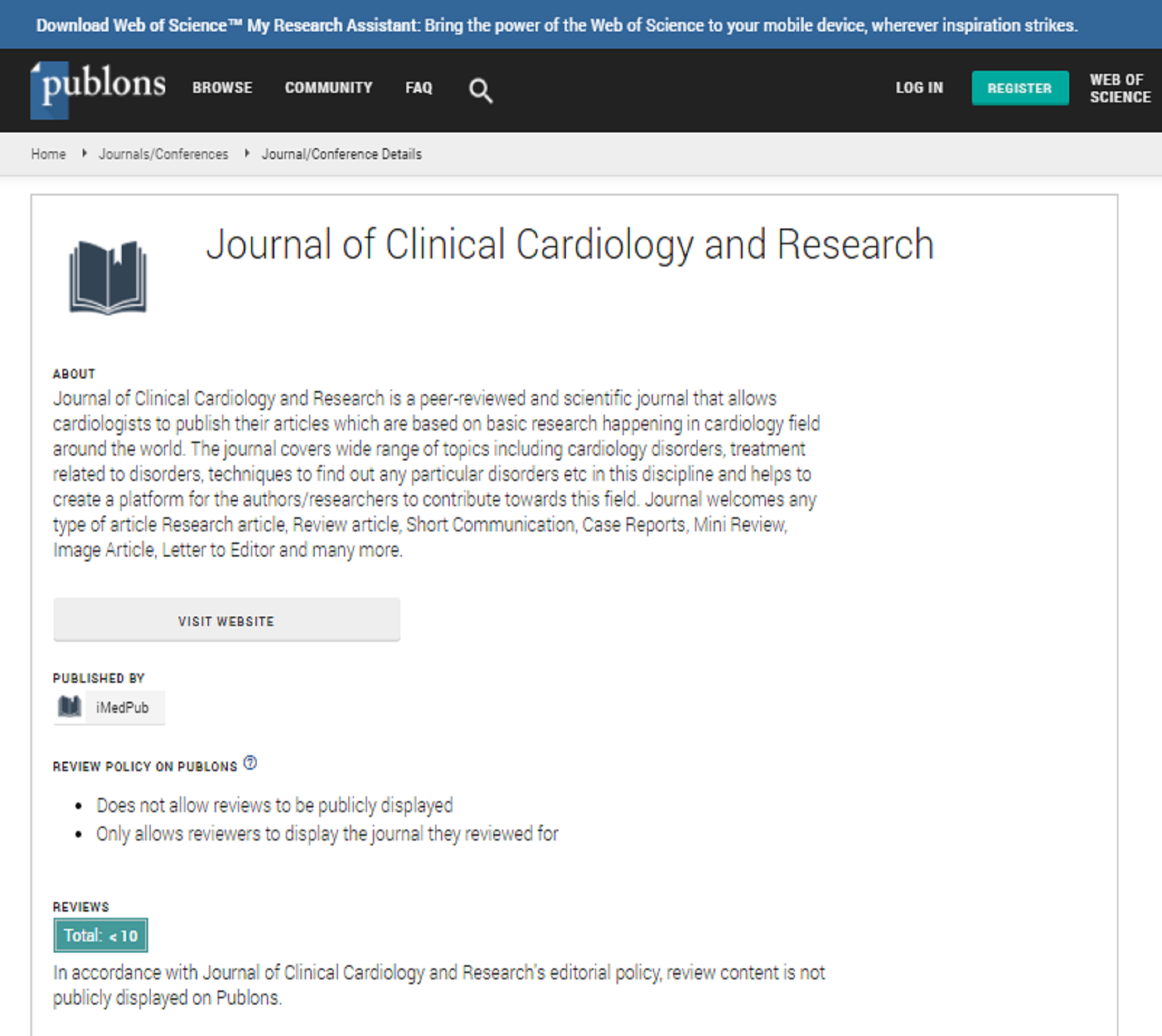Abstract
Conduction abnormalities after TAVI
Transcatheter aortic valve implantation is a procedure that allows the aortic valve replacement via minimally invasive technique. We can distinguish several access methods: transfemoral, transapical, subclavian, direct aortic as well as transcaval. Patients who underwent TAVI have a lower mortality rate in comparison with those who have non-operated severe aortic stenosis. Although advantages prevail over disadvantages, the procedure may entail conduction abnormalities. The most common are: left bundle branch block and high-grade atrioventricular block. The proximity of the aortic valve to the conduction pathways (possible injury as a result from interventional equipment interactions) as well as the anatomical variants of AV nodes may predispose patients who underwent TAVI to higher risk of conduction abnormalities. We can distinguish several factors that have the evident impact on previously described complications, such as: pre-existing RBBB, type of the transcatheter valve, annular size, depth of the implantation and the degree of mitral and aortic valve calcifications. The electrocardiographic recordings that are the cause of concern are narrow QRS complexes (especially before TAVI) as well as fluctuating changes in PR interval.Among risk factors for LBBB development we can underline the self-expandable prostheses (in comparison with balloon-expandable ones) and larger implant depth. The behavior of heart blocks has been noticed to change dynamically during and after aortic valve replacement. Patients who presented conduction abnormalities before TAVI, were in the higher risk group. Majority of the heart blocks are reversible. The management of conduction abnormalities after transcatheter aortic valve implantation is based on the clinical status of our patient and ECG monitoring. Temporary pacemakers and PPM are being implanted if needed.
Author(s): Stefania Czapp
Abstract | Full-Text | PDF
Share This Article
Google Scholar citation report
Journal of Clinical Cardiology and Research peer review process verified at publons
Abstracted/Indexed in
- Google Scholar
- Publons
Open Access Journals
- Aquaculture & Veterinary Science
- Chemistry & Chemical Sciences
- Clinical Sciences
- Engineering
- General Science
- Genetics & Molecular Biology
- Health Care & Nursing
- Immunology & Microbiology
- Materials Science
- Mathematics & Physics
- Medical Sciences
- Neurology & Psychiatry
- Oncology & Cancer Science
- Pharmaceutical Sciences

